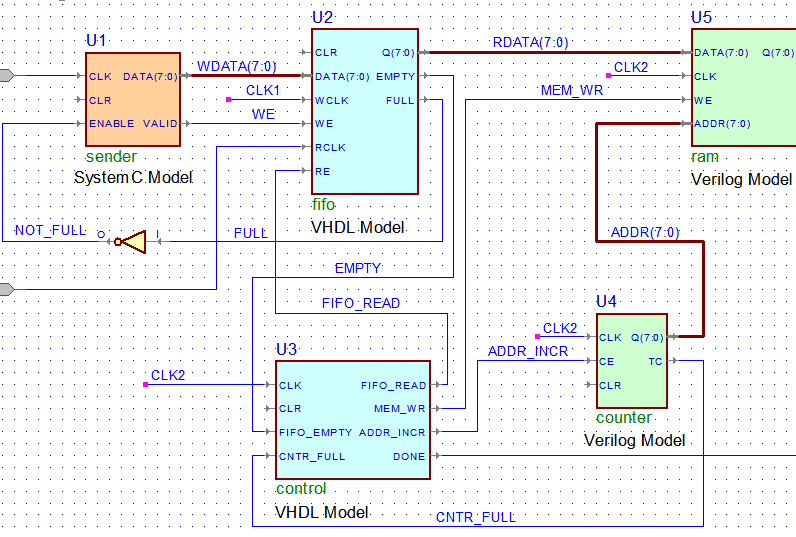


- VISUAL AUTOMATA SIMULATOR SOFTWARE
- VISUAL AUTOMATA SIMULATOR SIMULATOR
- VISUAL AUTOMATA SIMULATOR MAC
Sundararaj, Optimised denoising scheme via opposition-based self-adaptive learning PSO algorithm for wavelet-based ECG signal noise reduction, Int. Vinu, An efficient threshold prediction scheme for wavelet based ECG signal noise reduction using variable step size firefly algorithm, Int.

VISUAL AUTOMATA SIMULATOR MAC
Kumar, An optimal cluster formation based energy efficient dynamic scheduling hybrid MAC protocol for heavy traffic load in wireless sensor networks, Comput. Sundararaj, Optimal task assignment in mobile cloud computing by queue based ant-bee algorithm, Wirel. Transformations, Special Issue, eISSN 2394-1707, 2017, pp. Dixit, Enhancing the learning ability using JFLAP for theory of computation course, J. Sato, A game-based learning system for theory of computation using Lego NXT Robot, Procedia Comput. Ayodeji Samson, 2-head pushdown automata, Procedia Soc. Watrous, Two-way finite automata with quantum and classical states, Theor. Wilson (ed.), Constructivist Learning Environments: Case Studies in Instructional Design (Educational Technology, Englewood Cliffs, NJ, 1998). Sudhakar, A survey on TaaS & SECaaS in cloud environment, Asian J. Jančić, Weighted finite automata with output, Soft Comput. Website of Automata Theory tools at Duke University, 2006. Ponomareva, Behavior of finite-nonstationary deterministic automata in a fuzzy environment, Vestn. Riley, “The Design Principles of a Weighted Finite-State Transducer Library”AT&T Labs - Research, 180 Park Avenue, Florham Park, NJ 07932-0971,12 February 2007.
VISUAL AUTOMATA SIMULATOR SIMULATOR
Head, ASSIST: A simple simulator for state transitions, Master thesis, State Univesity of New York at Binghamton (1998). Sato, A learning system for a computational science related topic, Elsevier Procedia Comput. Hamada, An integrated virtual environment for active and collaborative e-learning in theory of computation, IEEE Trans. E-Learning Corporate, Government Healthcare, Higher Education, Phoenix, AZ, 2003, pp.
VISUAL AUTOMATA SIMULATOR SOFTWARE
Hadjerrouit, Toward a constructivist approach to e-learning in software engineering. Sundararaj, CCGPA-MPPT: Cauchy preferential crossover-based global pollination algorithm for MPPT in photovoltaic system, Prog. Bovet, Visual automata simulator, a tool for simulating automata and turing machines, University of San Francisco (2004). Bergstrom, Applications, minimization, and visualization of finite state machines, Master thesis, Stockholm University (1998).

Java Formal Languages and Automata Package (JFLAP) tool is used to write our simulators in JAVA language and the results are obtained from each machine through simulating the input strings. However, this work has motivated the improvement of longitudinal experimental validation and learning using the modern technology. In order to learn automata theory and computational models, we introduce the PDA and TM in a virtual platform. But the lecture-driven teaching style has less motivated the computer engineering learners. Hence, the conventional lecture-driven style has attracted the reflective preferences of learners using these abstract natured concepts. Towards most of the software and hardware related applications, the computational methods are analyzed and designed using significant automata theory concepts (likely, pushdown automata (PDA), Turing machines (TMs) and finite automata (FA)). Automata theory is known to be the popular mathematical model. However, the real-world problems can be studied effectively with the combination of scientific computational techniques with the mathematical models. In real life, the increased data accessing speed and data storage ability is required by most of the machinery fields.


 0 kommentar(er)
0 kommentar(er)
